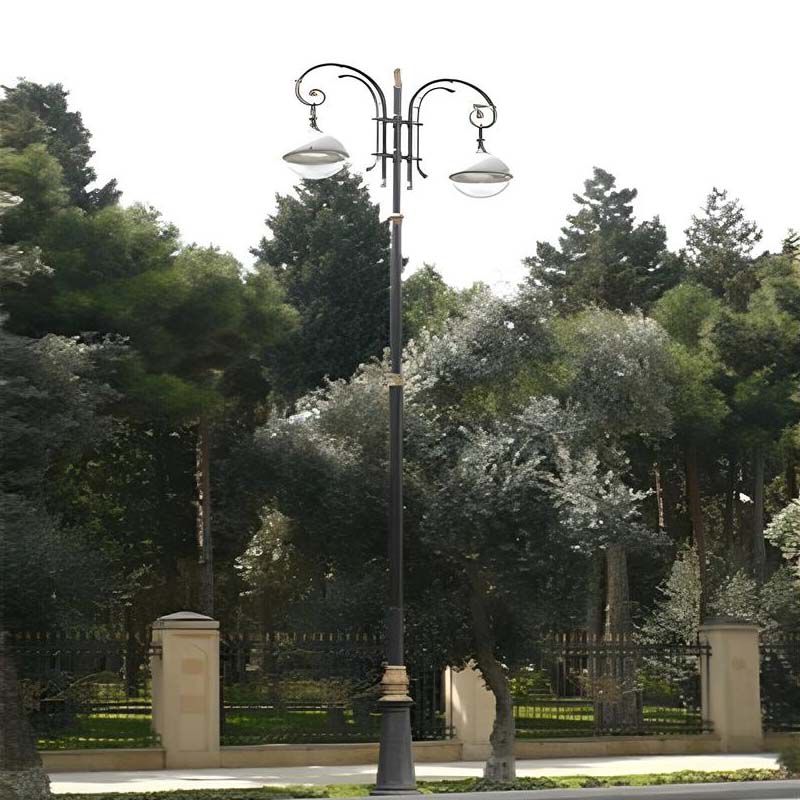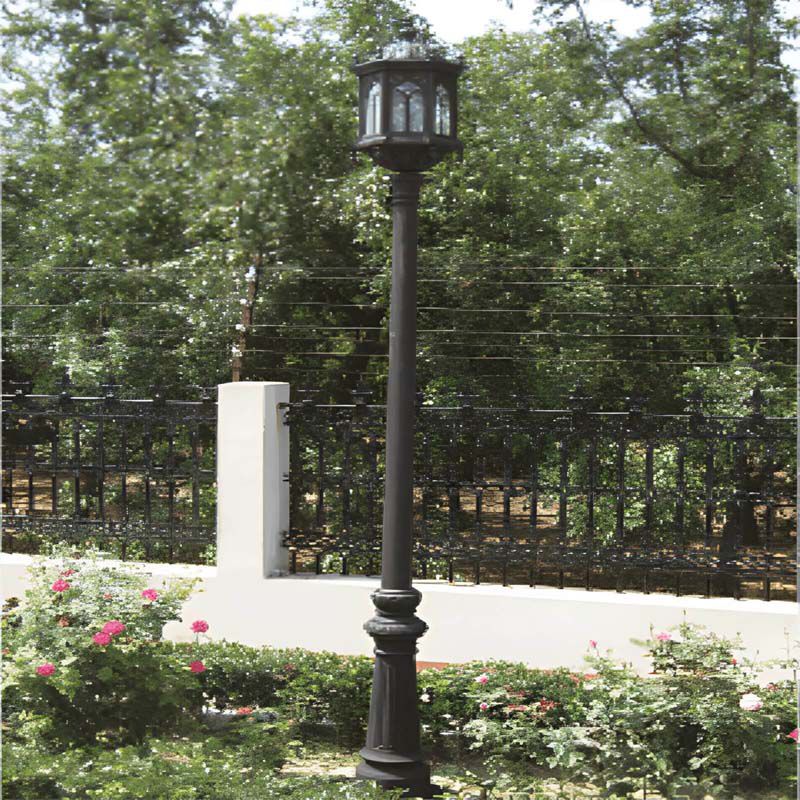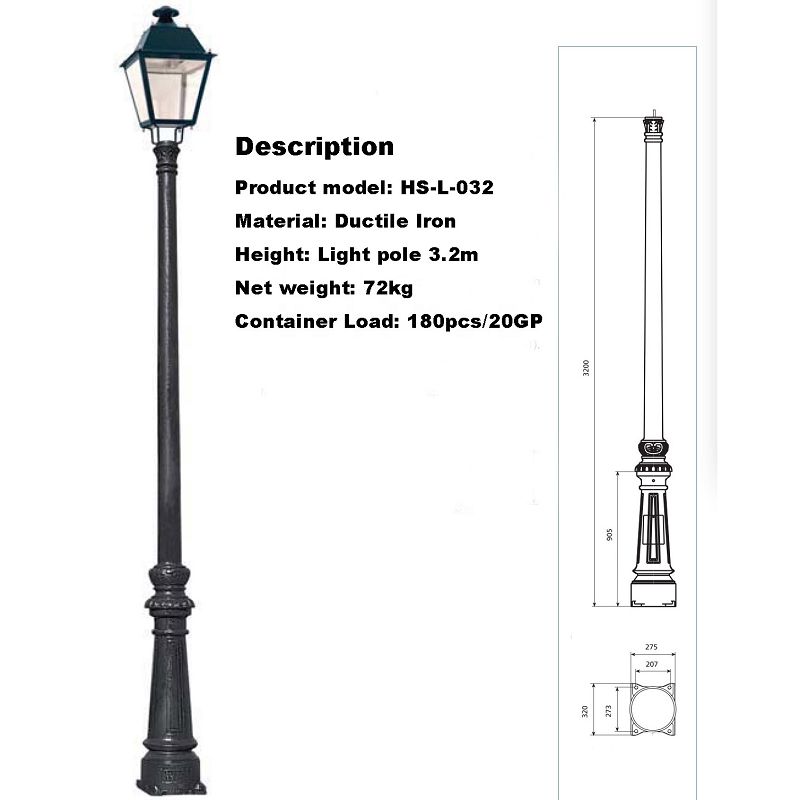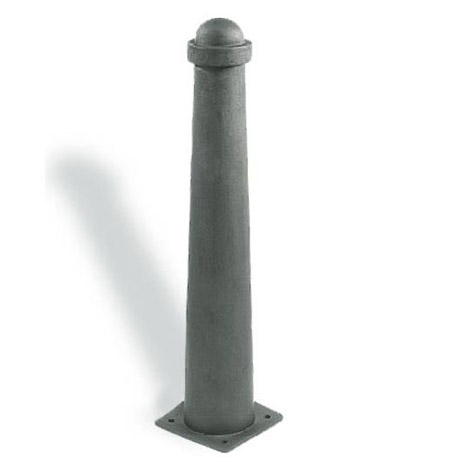Casting is a traditional metal forming industry
 Jul 03,2023
Jul 03,2023

 Hengsheng
Hengsheng
Casting is a traditional metal forming industry. There are many production processes and influencing factors of machine bed castings, and the quality control is difficult. Especially large-scale machine tool castings have high requirements in terms of tooling, molding technology and casting. Each Every detail is taken care of. Especially the quality and temperature of molten iron are critical to the success or failure of casting production and have an impact on the material and performance of castings. Cracks are a sensitive issue in castings for large machine tools. If cracks appear in machine tool castings, in addition to the large wall thickness difference of the casting structure itself, the performance of the molten iron material is also the cause of the cracks.
When designing the machine tool structure, in addition to determining the geometric shape and size of the machine tool castings according to the working conditions and metal material properties, the rationality of the design should be considered from the perspective of casting alloys and casting process characteristics to avoid deformation and cracking of castings and other casting defects. At the same time, the casting process should be reasonably selected according to the casting structure, weight and size during production to ensure the production of machine tool castings.
In the process of producing machine tool castings, the design of machine tool structure drawings should take into account the actual problems in the actual casting production process to avoid conflicts with the casting process of machine tool castings. The ribs should be arranged reasonably, and the reasonable arrangement of ribs can greatly improve Static stiffness of machine tool castings. Under the action of external force during the operation of the machine tool, the casting will bear bending and torsional loads, and the size of the bending and torsional deformation depends on the section bending resistance and torsional moment of inertia of the machine tool casting. The smaller the size, the higher the stiffness. The reasonable layout of the machine tool structure can significantly reduce the force condition of the machine tool and improve the rigidity of the machine tool. In addition, silicon, aluminum, magnesium, sulfur, phosphorus and other elements are added to the casting materials to enhance the strength of the machine tool castings. The resin sand lost foam casting process adopted makes the machine tool castings achieve high shock resistance and high rigidity, improving the The stability of the machine tool.
Machine tool castings are the support of the entire machine tool, and require high precision. Machine tool castings must be annealed, and there are many parts that are partially hardened and surface hardened. There are many machine tool castings that only require local surfaces to have high resistance, such as machine tool workbenches, T-shaped Groove table, floor boring machine table, etc., except for a few machine tool castings that are locally hardened by salt bath furnaces, most machine tool castings use local surface quenching.
Machine tool castings require high stability. Usually, one or more stabilization treatments are performed in the production process, such as stress relief annealing, natural aging treatment, etc., to minimize residual internal stress to ensure the stability of cast iron workbench.




 Home
Home Cangzhou net Chamber of Hundred Regiments start of the General Assembly
Cangzhou net Chamber of Hundred Regiments start of the General Assembly  You May Also Like
You May Also Like






 Tel
Tel
 Email
Email
 Address
Address











